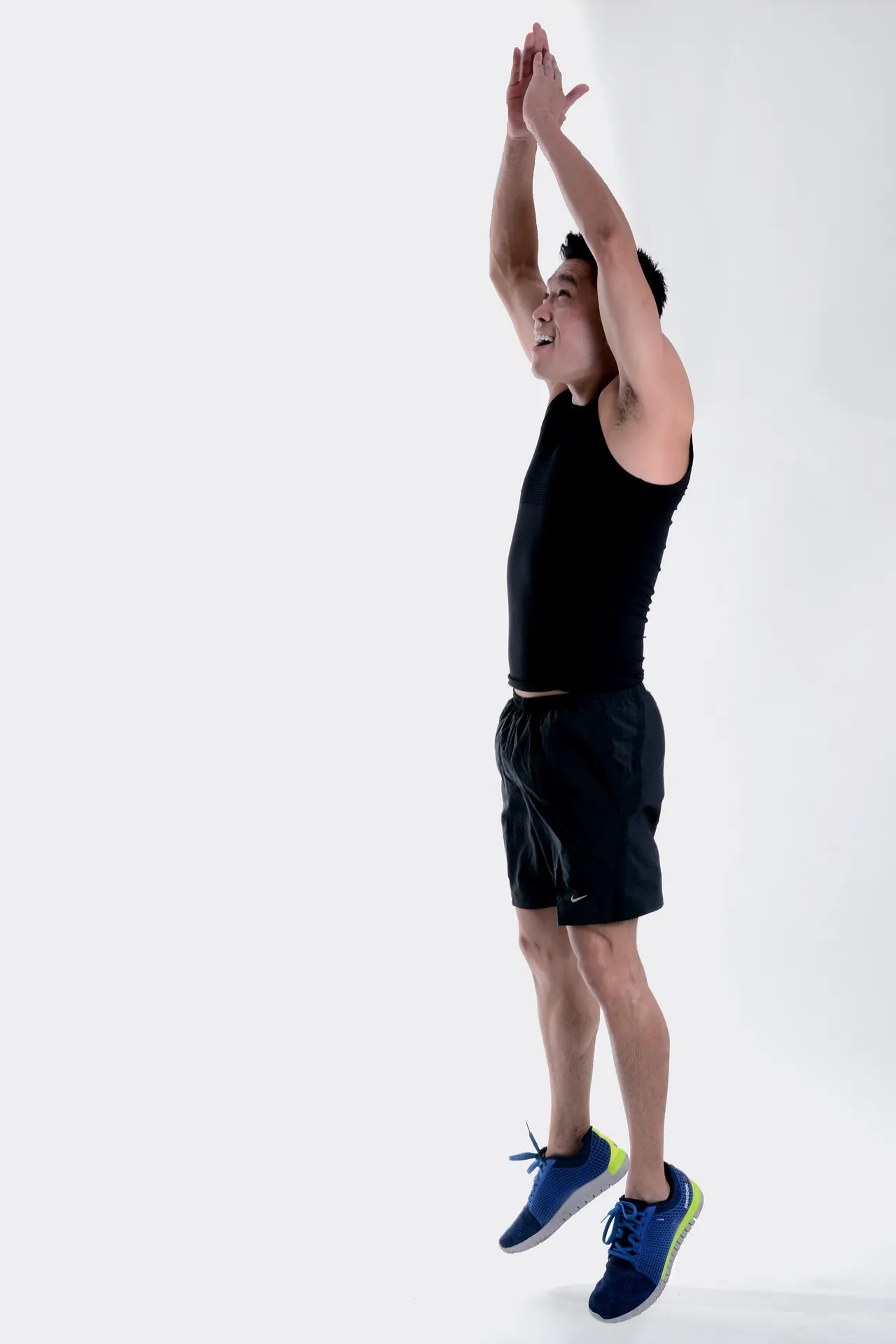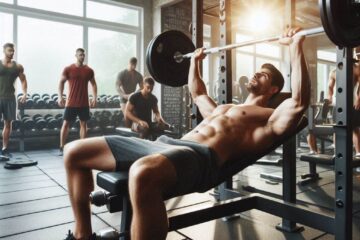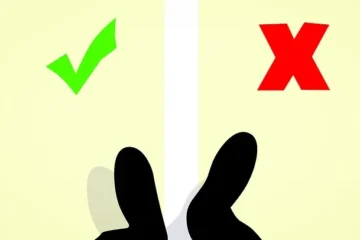Home Workout With No Equipment (Calisthenics)

If you have small kids you might not have gym equipment in your home due to safety reasons. As a Fit Dad in your 40’s that should not stop you from working out at home. There are some home workouts without equipment you can do and they have a specific name for them. There called “Calisthenics”.
Calisthenics is a form of exercise that involves using your own body weight and gravity as resistance to build strength, flexibility and endurance. It typically involves performing a variety of exercises that use large muscle groups, such as push-ups, squats, lunges, and dips, in a circuit training format. Calisthenics can be done virtually anywhere with little or no equipment, making it a convenient and accessible form of exercise for people of all fitness levels. It can also be modified to be more or less challenging, depending on the individual’s goals and abilities. Some people use calisthenics as their primary form of exercise, while others incorporate it into their fitness routine as a way to supplement other activities such as running or weightlifting.
Here is a list of Calisthenics exercises:
- Push-ups: This exercise works your chest, triceps, and core muscles. To do a push-up, start in a plank position with your hands slightly wider than shoulder-width apart. Lower your body down until your chest nearly touches the ground, then push back up to the starting position.
- Squats: This exercise works your legs and glutes. To do a squat, stand with your feet shoulder-width apart and lower your body down as if you were sitting back into a chair. Keep your weight in your heels and push back up to the starting position.
- Lunges: This exercise works your legs and glutes. To do a lunge, step forward with one foot and lower your body down until your thigh is parallel to the ground. Push back up to the starting position, then switch legs and repeat.
- Planks: This exercise works your core muscles. To do a plank, start in a push-up position with your arms straight and your body in a straight line from head to toe. Hold this position for as long as you can, making sure to keep your body straight and your core engaged.
- Burpees: This exercise works your entire body. To do a burpee, start in a standing position. Squat down and place your hands on the ground, then kick your feet back into a plank position. Do a push-up, then bring your feet back to your hands and stand back up.
- Pull-ups: These work the back, biceps, and forearms. Install a pull-up bar in a doorway that can support your weight. Grab the bar with an overhand grip, your hands slightly wider than shoulder-width apart. Engage your core and pull your shoulder blades down and together. Pull your body up towards the bar, keeping your elbows close to your body. Keep pulling until your chin is above the bar.Lower yourself down slowly, keeping control of the movement.
- Sit-ups: These work the abs and core muscles. Lie on your back with your knees bent and your feet flat on the ground. Place your hands behind your head, keeping your elbows out to the sides. Lift your head and upper body off the ground, using your abdominal muscles to curl your torso towards your knees. Hold the position for a moment, then slowly lower your upper body back down to the ground. Repeat the movement for the desired number of repetitions.
- Box jumps: These work the legs, including the quadriceps, hamstrings, and glutes. Get a sturdy box that can support your weight. Stand in front of the box with your feet shoulder-width apart and your arms at your sides. Bend your knees slightly and swing your arms back, preparing to jump. Explosively push off the ground with your feet, using your arms to help propel you upward. Land on top of the box with both feet, making sure to land softly and absorb the impact through your legs. Step down from the box and reset your position before attempting another jump.
- Jumping Jacks: These work the legs, arms, and cardiovascular system. Stand with your feet together and your arms at your sides. In one motion, jump up and spread your legs out to the sides while raising your arms above your head. Land with your feet shoulder-width apart and your arms above your head. Jump back to the starting position, bringing your feet back together and your arms back to your sides.
- Dips: These work the triceps and chest. To perform a dip without parallel bars or a dip station you can use two stable chairs.
To perform dips using chairs, you will need two sturdy chairs of similar height. Place the chairs parallel to each other, with about a foot or so of space between them. Place some weight on the chairs for safety such as cases if water, heavy books, etc.
Stand facing the chairs and place your hands on the seats of the chairs, with your fingers facing forward. Keep your feet flat on the ground, slightly wider than shoulder-width apart.
Bend your elbows and lower your body down towards the ground, keeping your elbows close to your sides as you do so. Stop when your upper arms are parallel to the ground, and then push yourself back up to the starting position.
Make sure to keep your shoulders relaxed and avoid hunching your shoulders forward as you perform the exercise. You can also try varying the width of your grip to target different muscle groups. To make the exercise easier, you can place your feet on a raised surface, such as a step or a bench. To make it more challenging, you can place weights on your lap or try using one hand at a time.
These are just a few examples of calisthenics exercises. There are many more that you can do to challenge your body and improve your strength, flexibility, and endurance. It’s important to start slowly and progress gradually to avoid injury. It’s also a good idea to consult with a healthcare professional or a certified fitness instructor before starting any new exercise program.
Disclaimer: Always consult your doctor before trying anything mentioned in this article. All information in this email is intended for educational use only and is not a substitute for professional medical advice, diagnosis, or treatment. Perform exercises at your own risk. Fit Dads Over 40 is not responsible for the accuracy, completeness, suitability, or validity of any information in this article.


